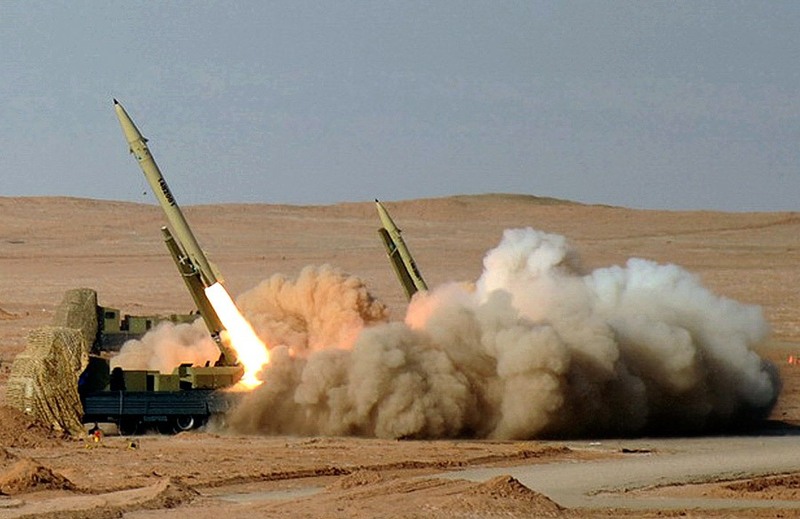Iranian ballistic missiles in Russia as an implication for Europe
According to the latest reports, Iran has supplied Russia with short-range ballistic missiles. Although at first sight this may not be worrying news, given the past cooperation between Russia and Iran in the military sphere, attention should also be paid to this topic.
According to recent reports by Reuters, which quoted several senior Iranian officials, Iran has already supplied some ballistic missiles to Russia. Deliveries are reportedly taking place via the Caspian Sea and by air and will continue. On the other hand, it should be noted that, according to US officials, deliveries are not taking place, but the information about negotiations on possible deliveries is worrying. At the moment, the exact number of missiles delivered and the type is not known. The latest reports speak of hundreds of Fateh-110 missiles (300 km range) and their Zolfaghar derivatives (700 km range).

It is the delivery of large numbers of ballistic missiles that can greatly assist Russia in its war efforts in Ukraine. In the case of the Iranian missiles, they are cheaper and simpler ballistic missiles compared to the Russian Iskander ballistic missiles. They could give Russia a significant advantage in overcoming Ukrainian air defences in regular missile strikes against targets across Ukraine. As these are relatively cheap (but very accurate) missiles, they could be used as decoys for Ukrainian air defences in a similar way to the North Korean ballistic missiles already used, for example, in a missile strike on Kharkiv. Ukraine's air defences may soon find themselves in the unenviable position of having to choose which missiles to intercept and shoot down, not least because of the shortage of missiles for Western air defence systems.
On the other hand, in addition to further degrading Ukraine's air defences, this will allow Russia to further improve and expand the production of its own Iskander ballistic missiles, which the Ukrainian armed forces have had considerable problems shooting down. Iskander missiles in particular could also be a major problem for a possible conflict between the Alliance countries and Russia.
Given that Russia has been able to start production of the Shahid-131/136 suicide drones on the basis of agreements with Iran, it can be assumed that in the medium term it may also be able to start production of the aforementioned ballistic missiles originally supplied from Iran. In the event of a direct conflict between the Alliance and Russia, this could pose major problems for the Alliance itself on two levels.
The first level is the question of whether the Alliance (and in particular its European members) has a sufficient arsenal of weapons of a similar category - short- or medium-range ballistic missiles. Given the INF (Intermediate-Range Nuclear Forces) Treaty between the US and Russia, which has been in force until recently, it cannot be assumed that European states have significant numbers of these ballistic or cruise missiles. Thus, in the event of an armed conflict between the Alliance and Russia, NATO cannot be relied upon to be able to respond in a similar way and thus deter Russia from using these missiles.
The second and probably more important level is the shortcomings of European air defence. Unfortunately, European states do not currently have robust air defences capable of responding to new challenges, including the potential for numerous ballistic missile and cruise missile strikes. For comparison, consider a 2017 study that examined the effectiveness of air defenses for U.S. bases in Japan against a potential Chinese ballistic missile and cruise missile strike. In the simulation, a total of 720 missiles of both categories were fired at U.S. bases. Unfortunately, air/missile defenses were unable to intercept almost any missiles at some bases. At "best", 60% of the missiles were shot down.
Not only does this study/simulation show that any air defence in Europe against Russia, even in view of the possible use of Iranian missiles, will require in the future not only the acquisition of additional launchers and the overall modernisation of air defence assets, but also and especially the purchase of a significant number of missiles for air defence assets so that they are not exhausted at the outset of a possible armed conflict.








